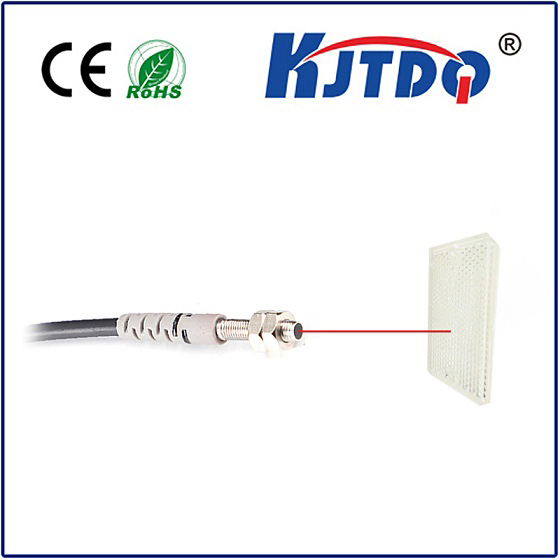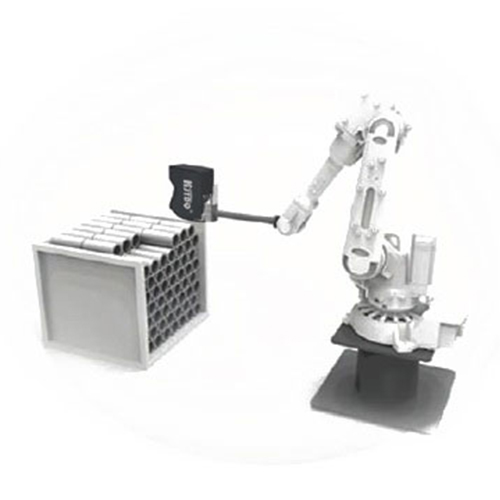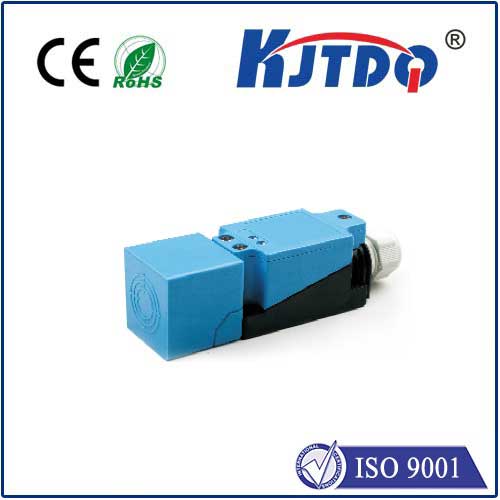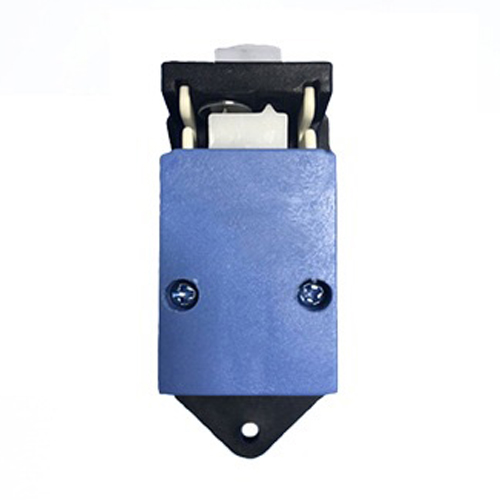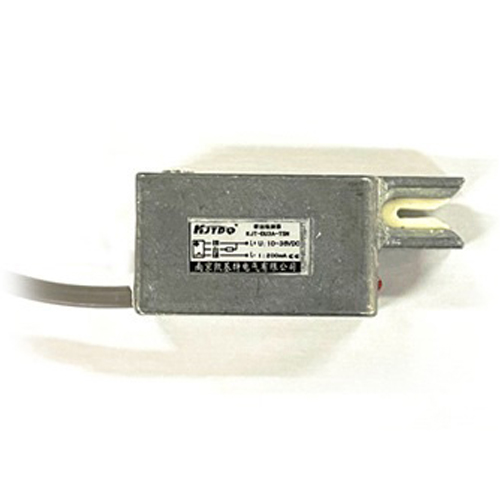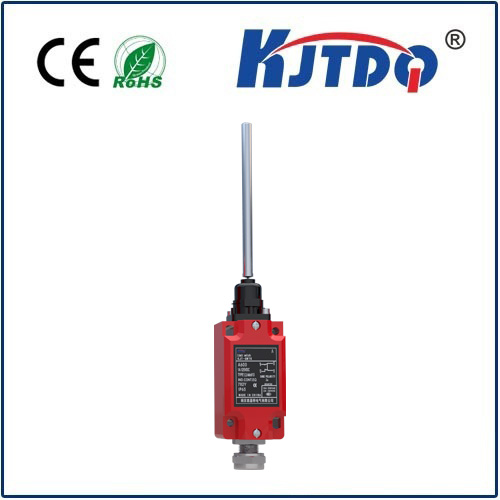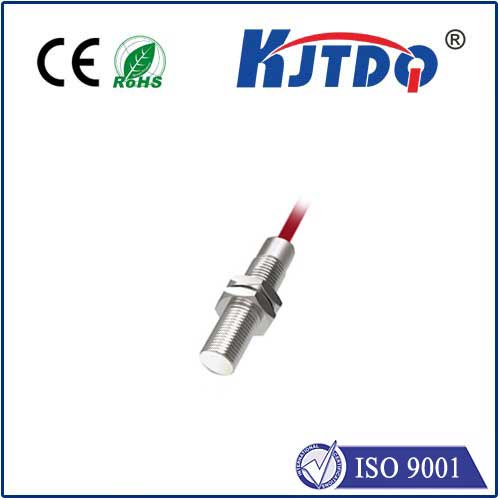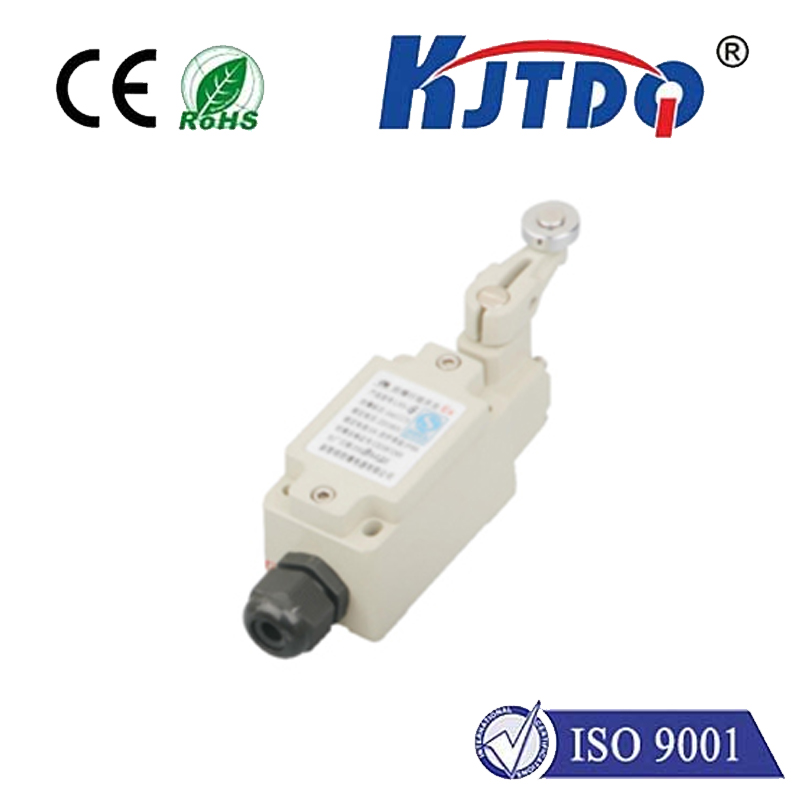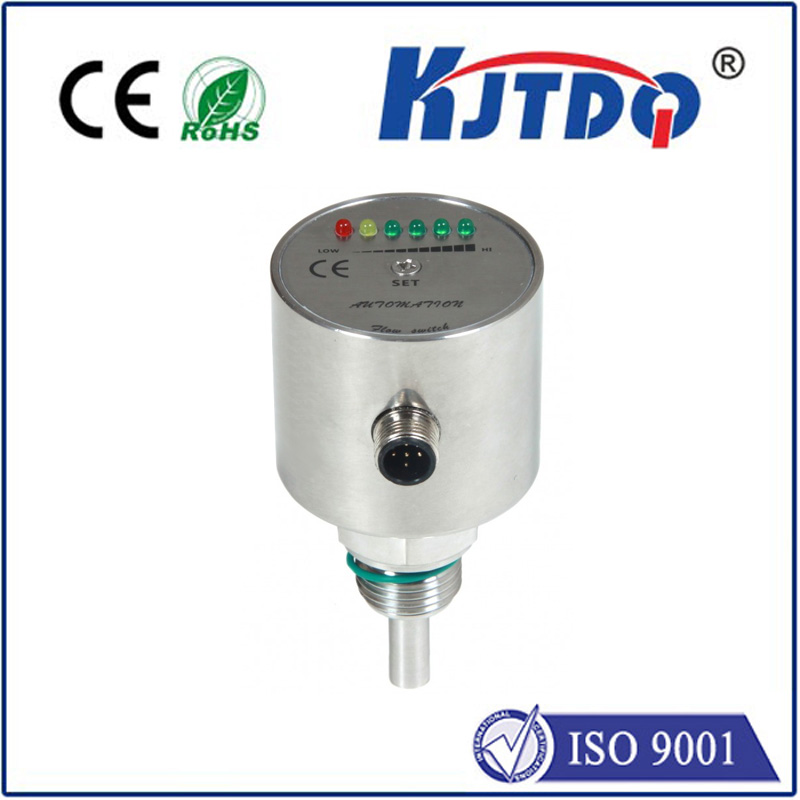

check

check

check

check

check

check

check

check

check

check
In today’s fast-paced and technologically advancing world, fiber optic transducers have emerged as a cornerstone of modern communication infrastructure. These devices play an integral role in the field of optoelectronics, bridging the gap between the optical and electronic domains. In this article, we will explore what fiber optic transducers are, their significance, applications, and the future trends shaping their trajectory.
At its core, a fiber optic transducer is a device that converts signals from one form to another. Specifically, it transforms electrical signals into optical signals or vice versa. This capability is crucial in transmitting data over long distances with minimal loss, thanks to the inherent properties of optical fibers which include high bandwidth and resistance to electromagnetic interference.

Fiber optic transducers are indispensable in various sectors including telecommunications, medicine, and structural health monitoring. Their ability to handle large amounts of data at high speeds has revolutionized communication systems worldwide. For instance, they enable the internet to deliver streaming content, video calls, and cloud services without lag or disruption. Moreover, these transducers contribute significantly to medical technologies such as endoscopes, where precise control and high-resolution imaging are paramount for diagnosis and treatment within the human body.
One of the primary fields benefiting from fiber optic transducers is broadband technology. As the demand for internet speed increases exponentially, fiber optic networks underpin the backbone of global communications. They support the massive data flows required for HD video streaming, online gaming, social media interactions, and enterprise-level data transactions. Without fiber optic transducers, the digital age would falter under the sheer volume of data traversing our networks daily.
Looking ahead, the evolution of fiber optic transducers shows no sign of slowing down. Research is being directed towards enhancing their efficiency, reducing size, and integrating them into even more compact and versatile systems. Advances in materials science may lead to better performing fibers that can carry more data further without signal degradation. The integration of artificial intelligence into network management promises smarter routing algorithms and predictive maintenance capabilities, potentially revolutionizing how we manage information superhighways. Additionally, the Internet of Things (IoT) stands to gain from these enhancements as seamless connectivity becomes ever more critical for interconnected devices.
Fiber optic transducers represent a vital link in the chain of modern innovation and connectivity. They are instrumental in propelling us toward a future where information is transferred effortlessly across vast distances with unparalleled speed and reliability. As technology continues to advance and our dependence on data transmission grows, the ongoing development and refinement of fiber optic transducers will be central to shaping a connected world that is faster, smarter, and more efficient than ever before.
